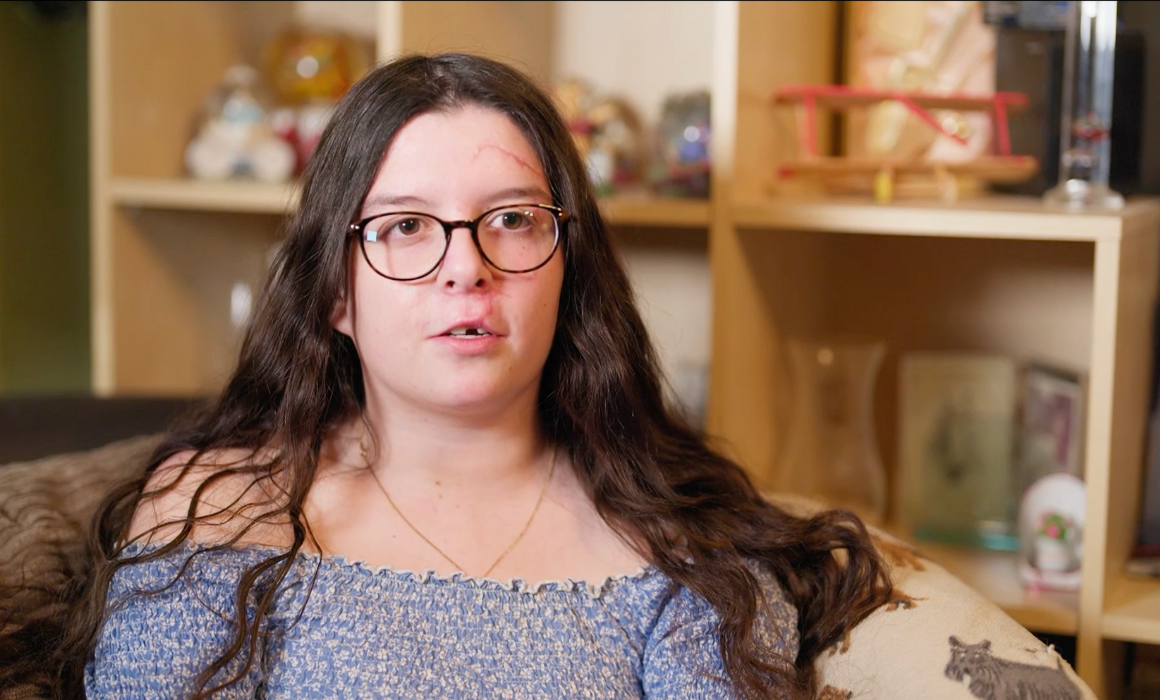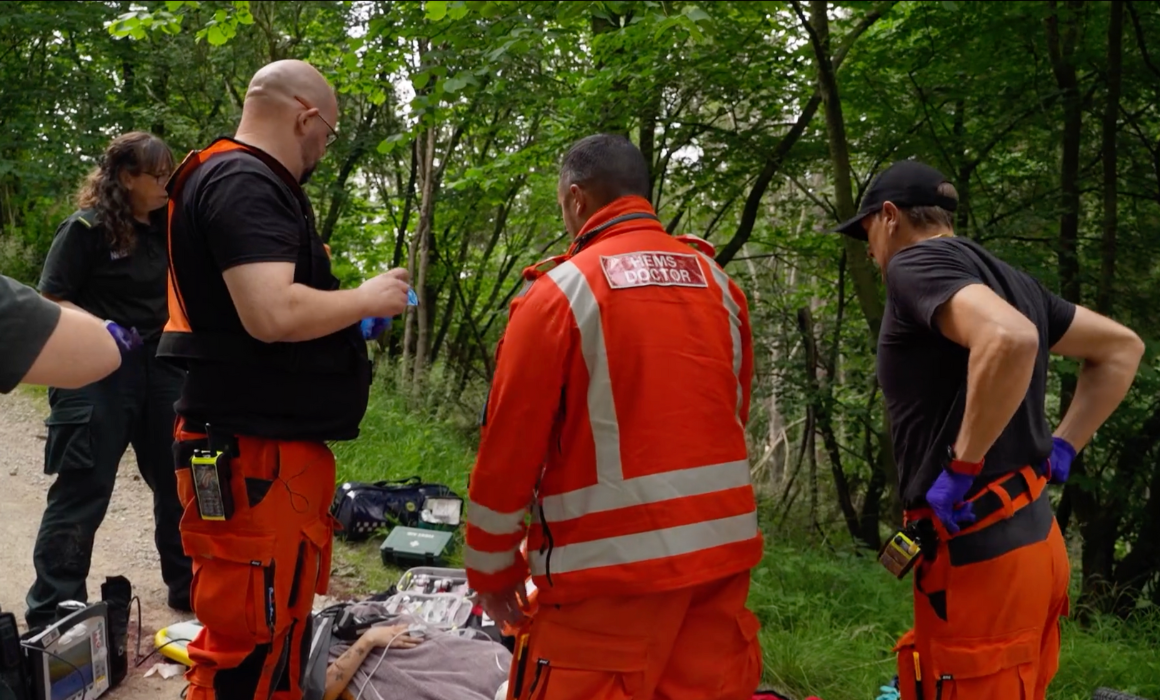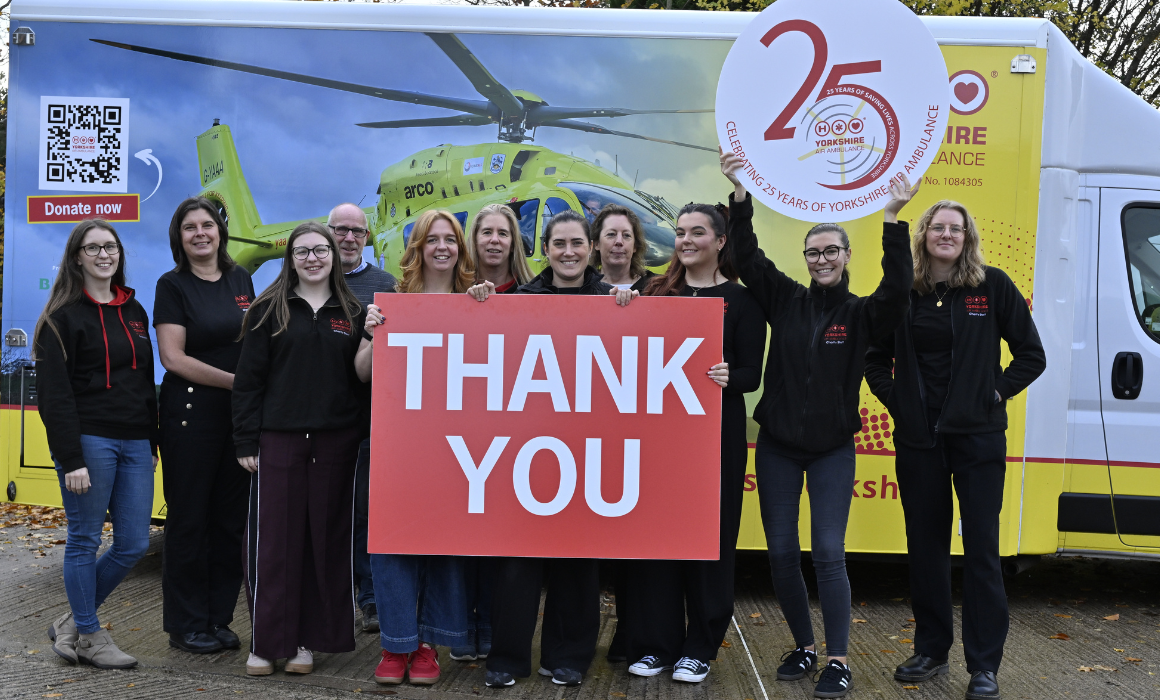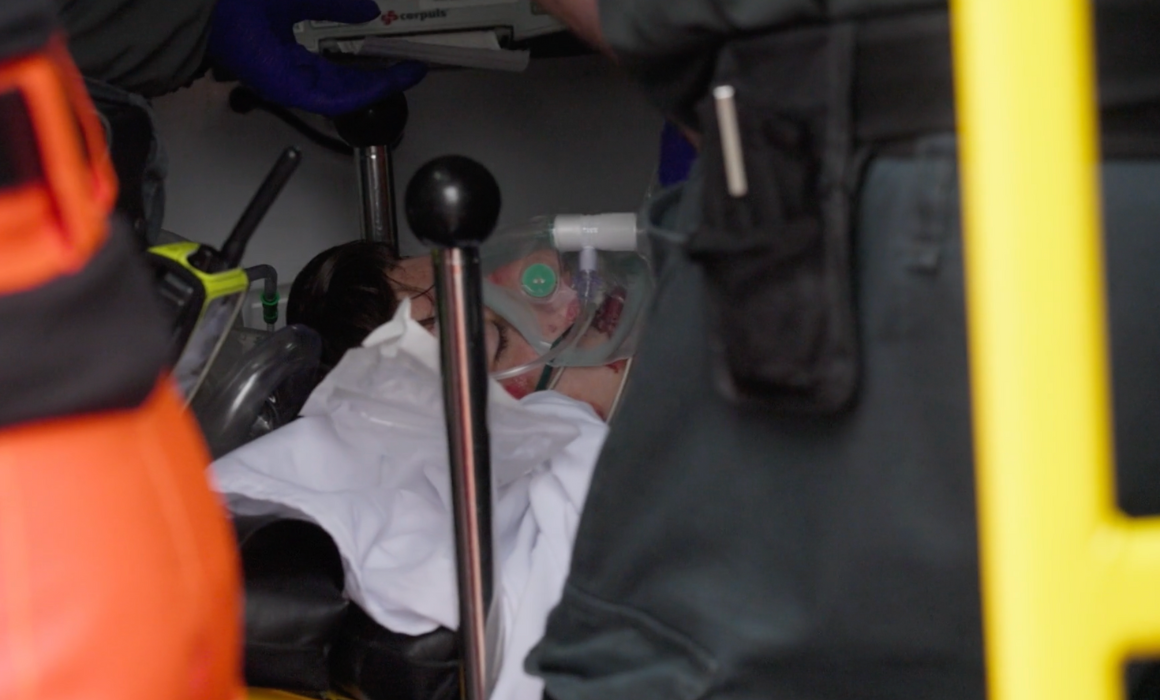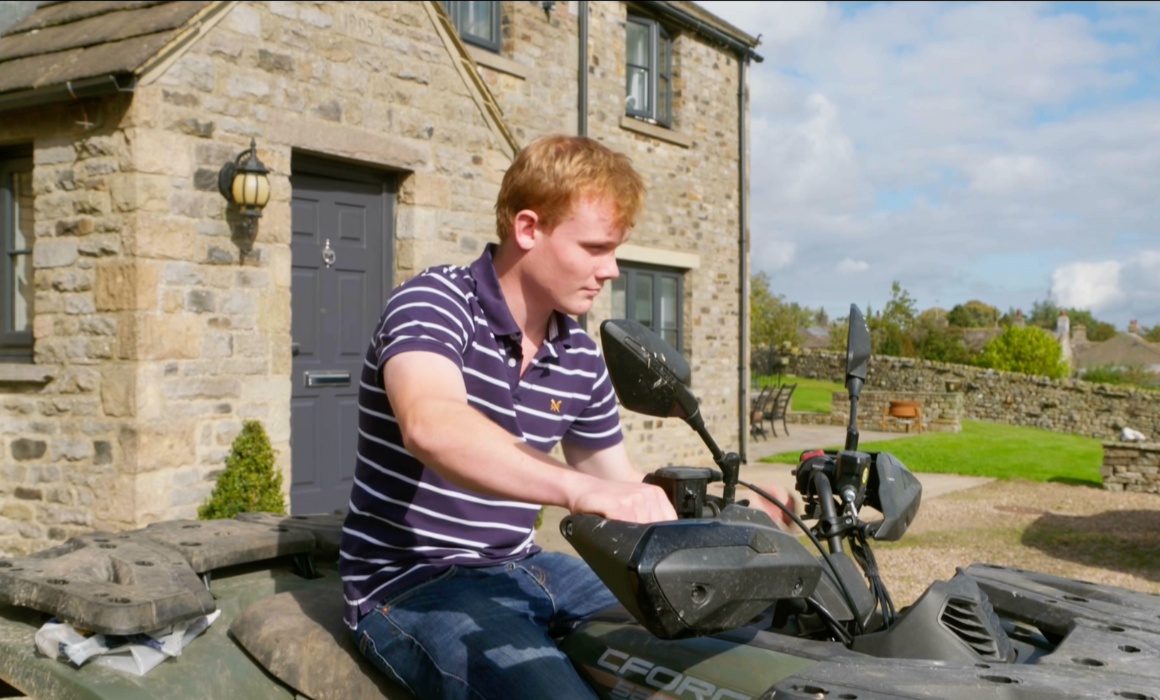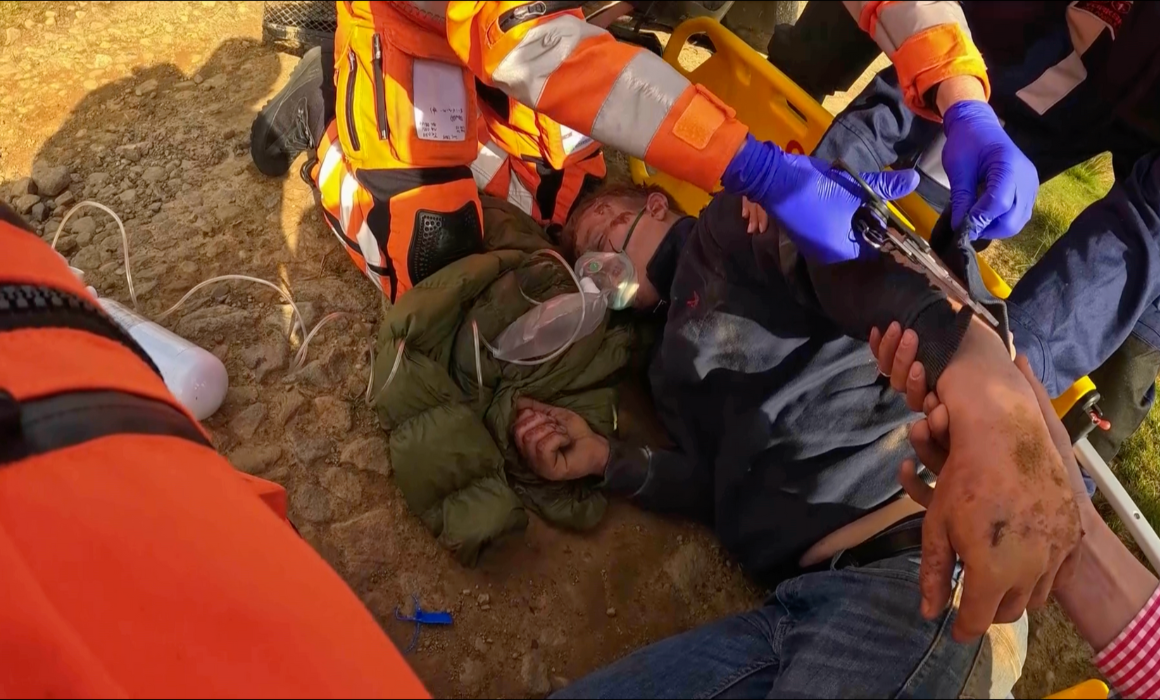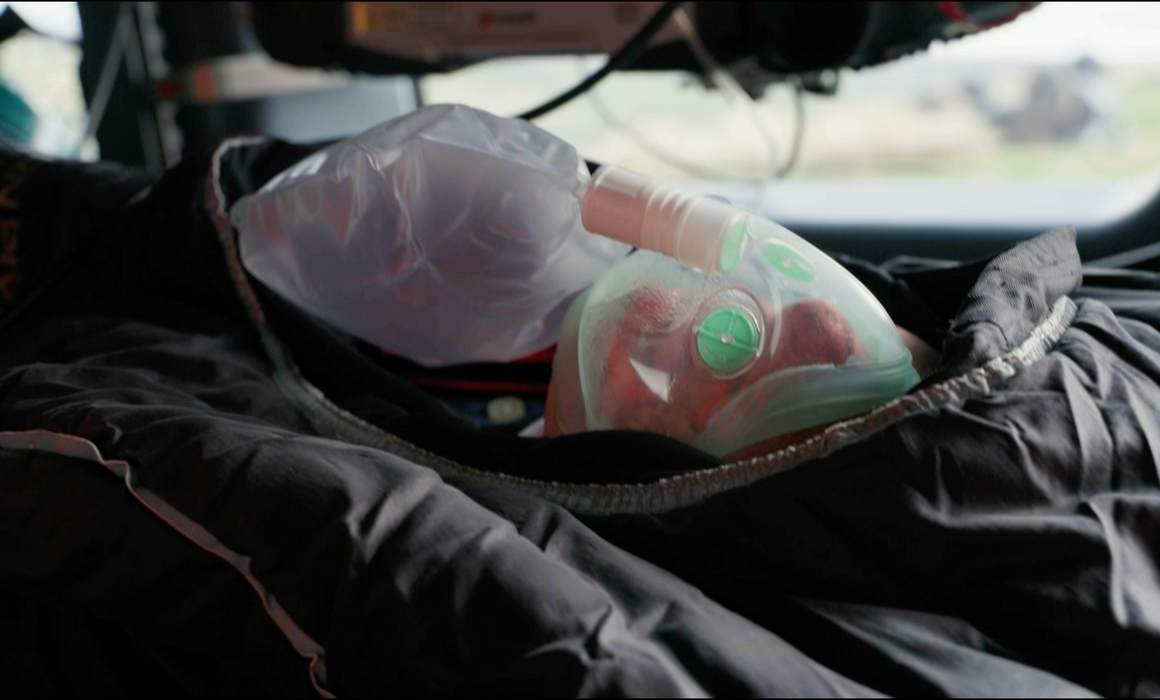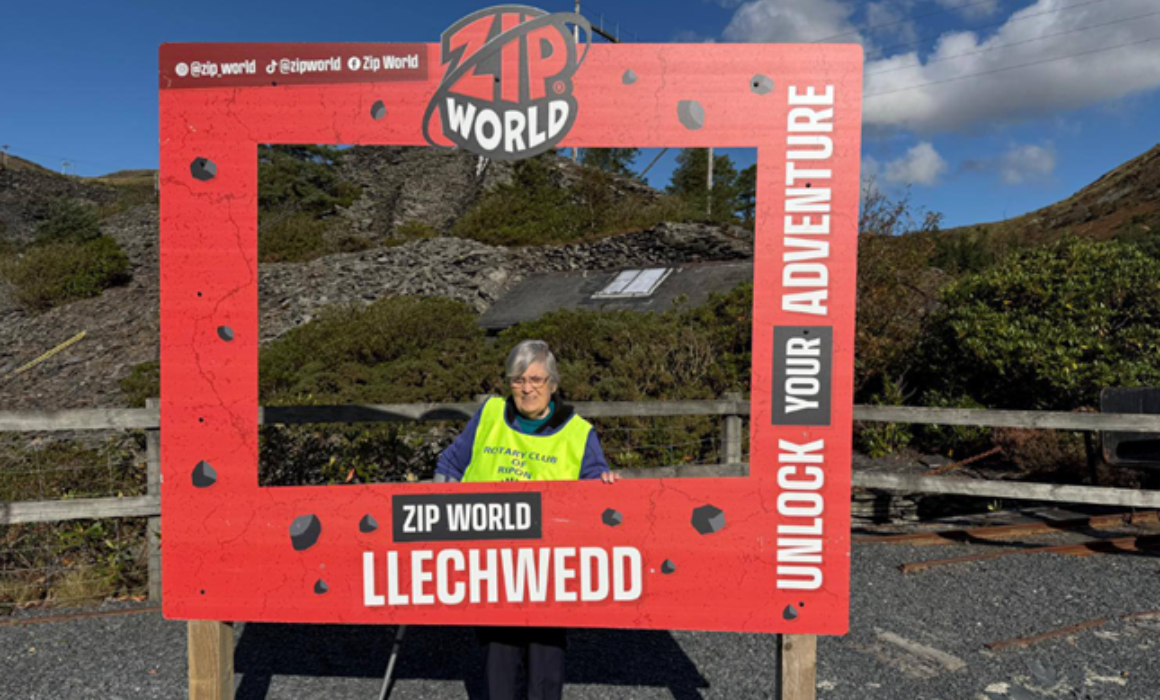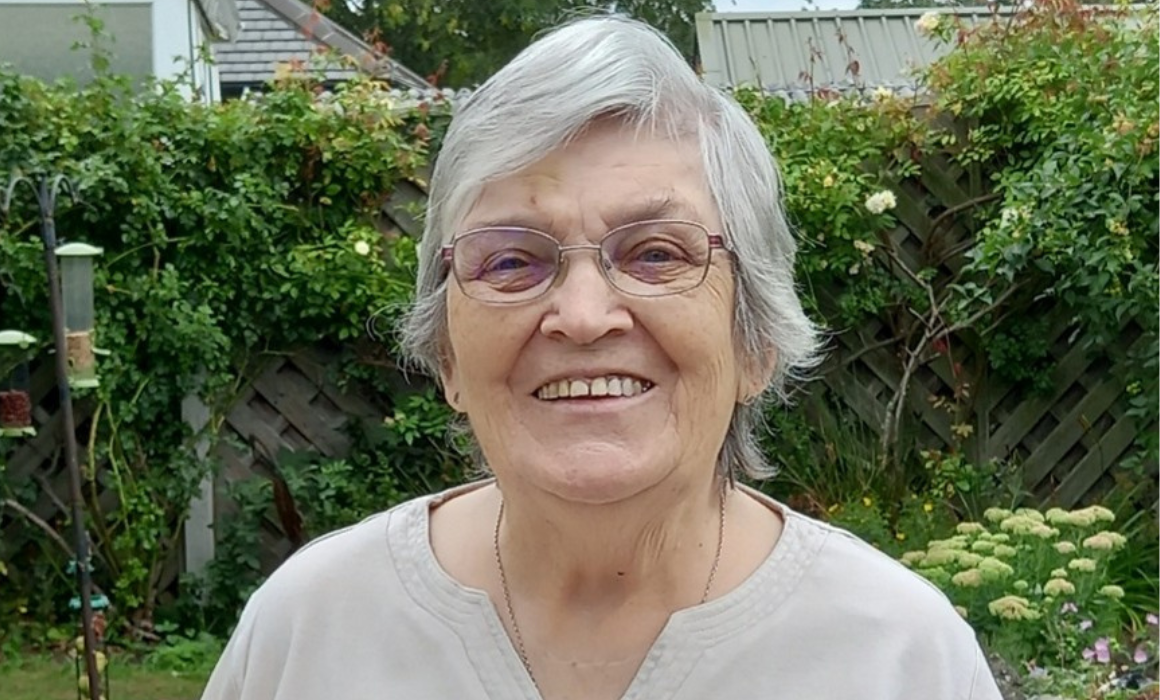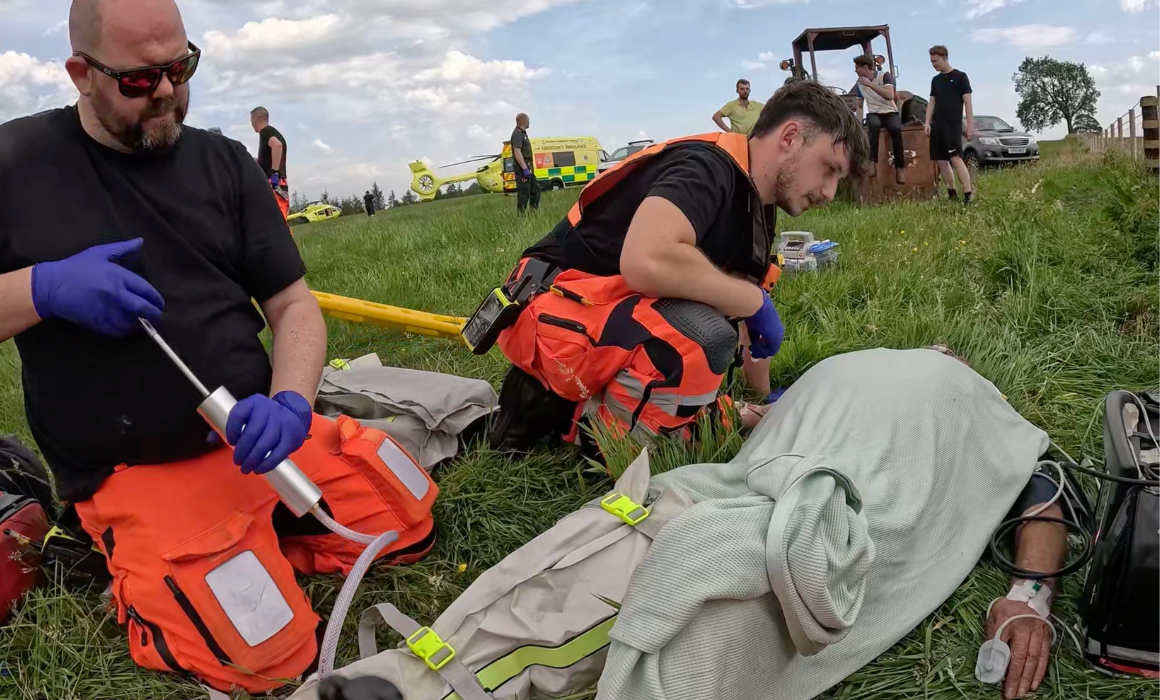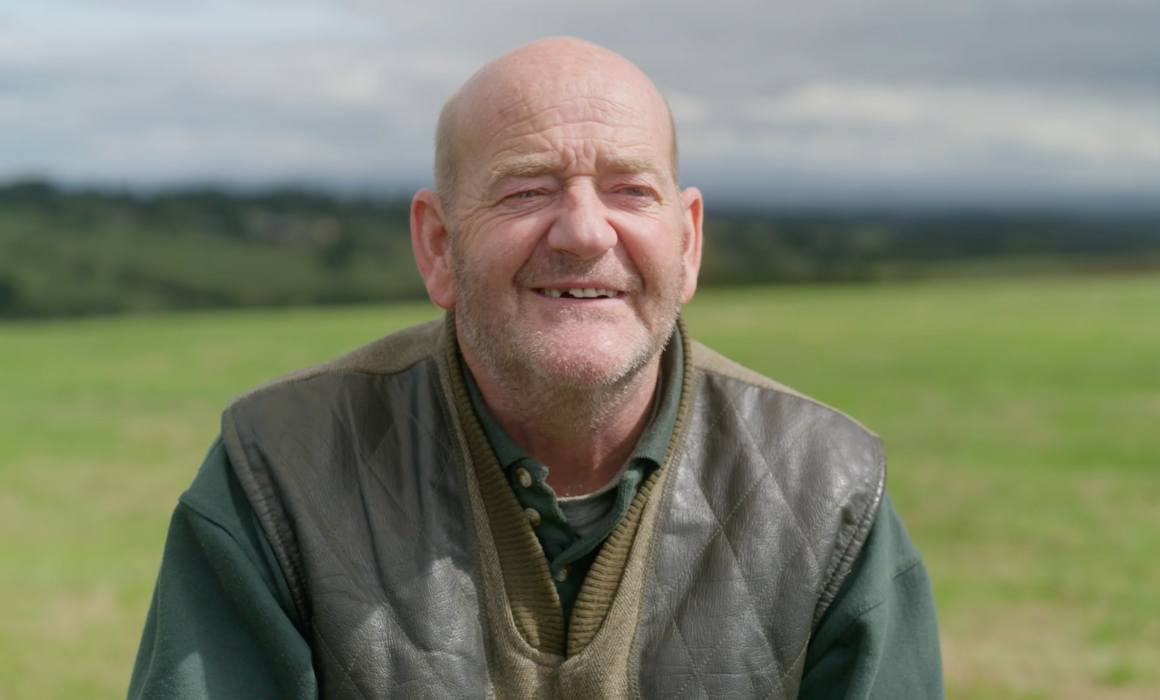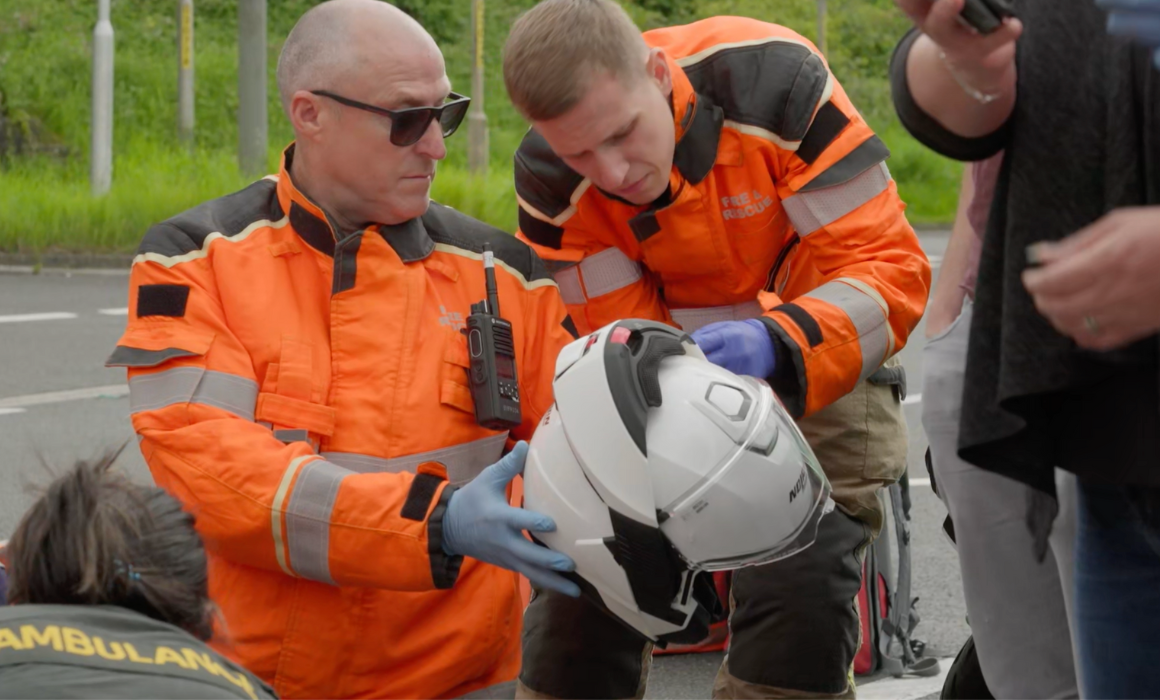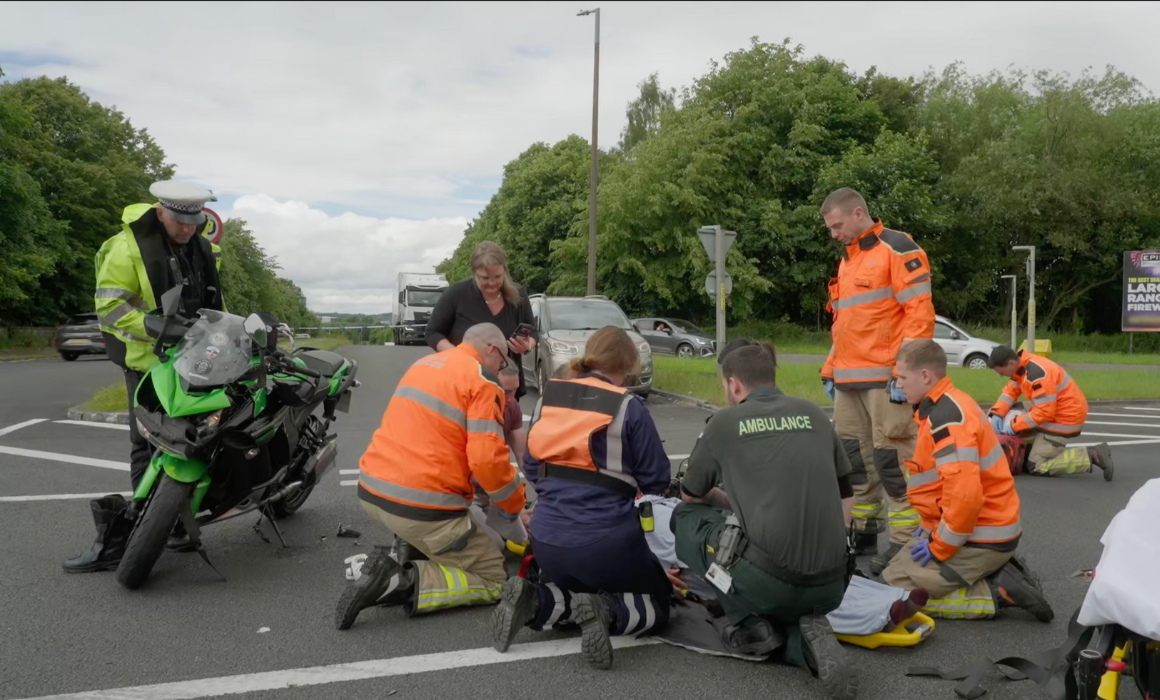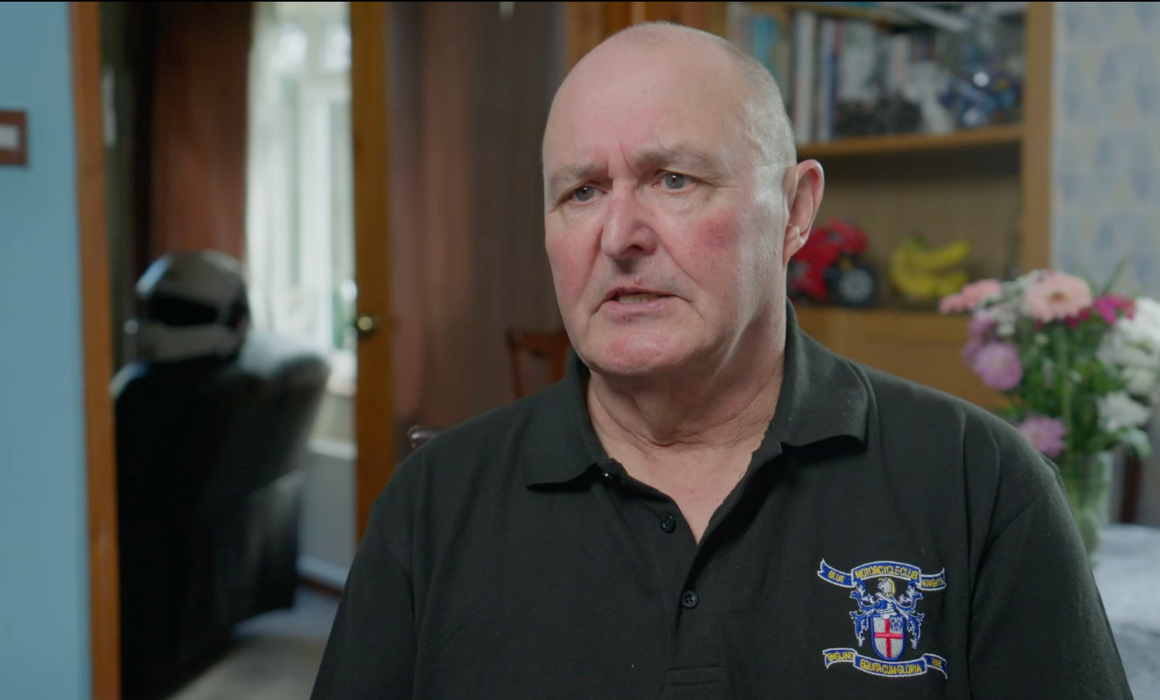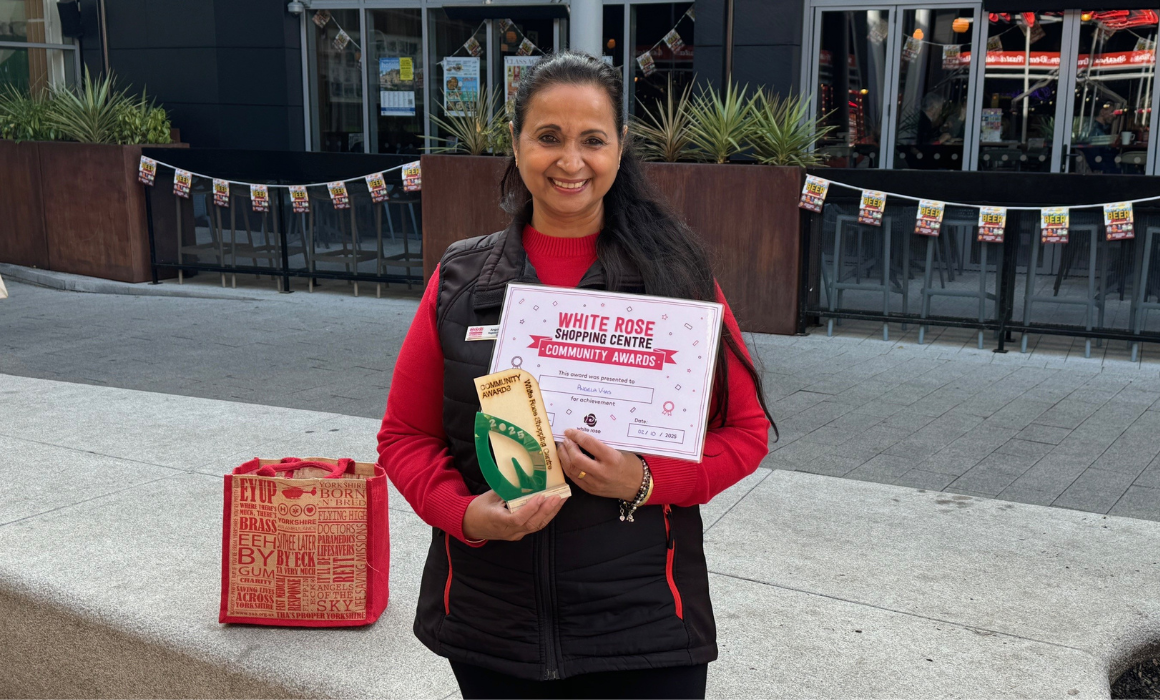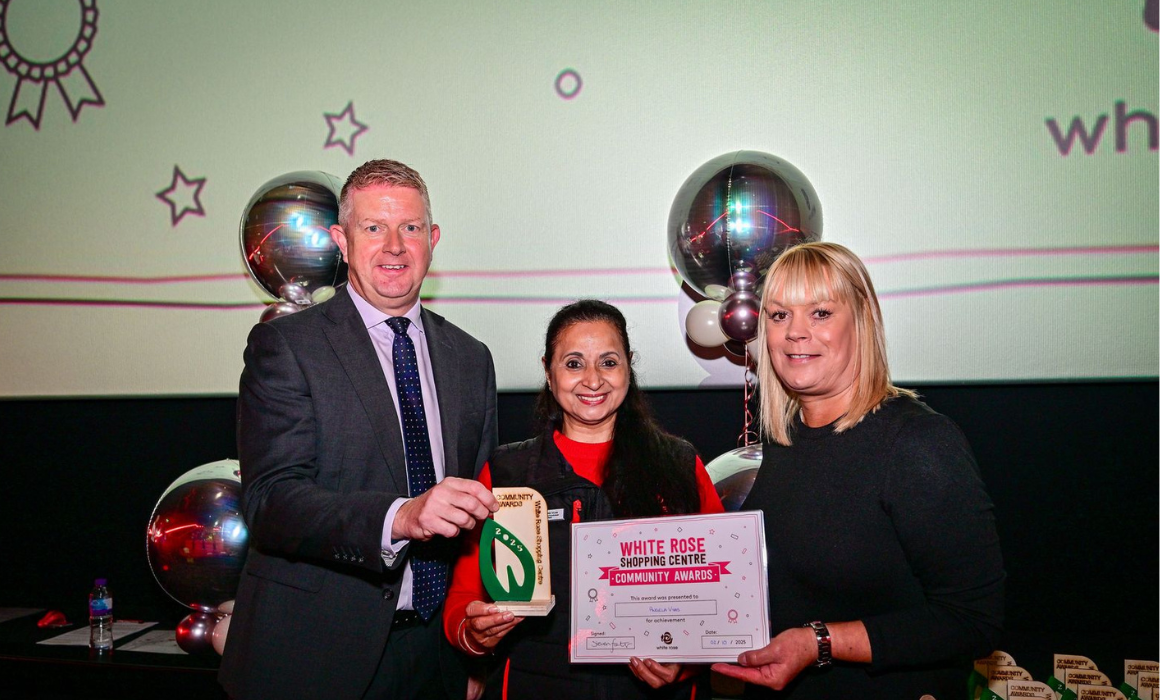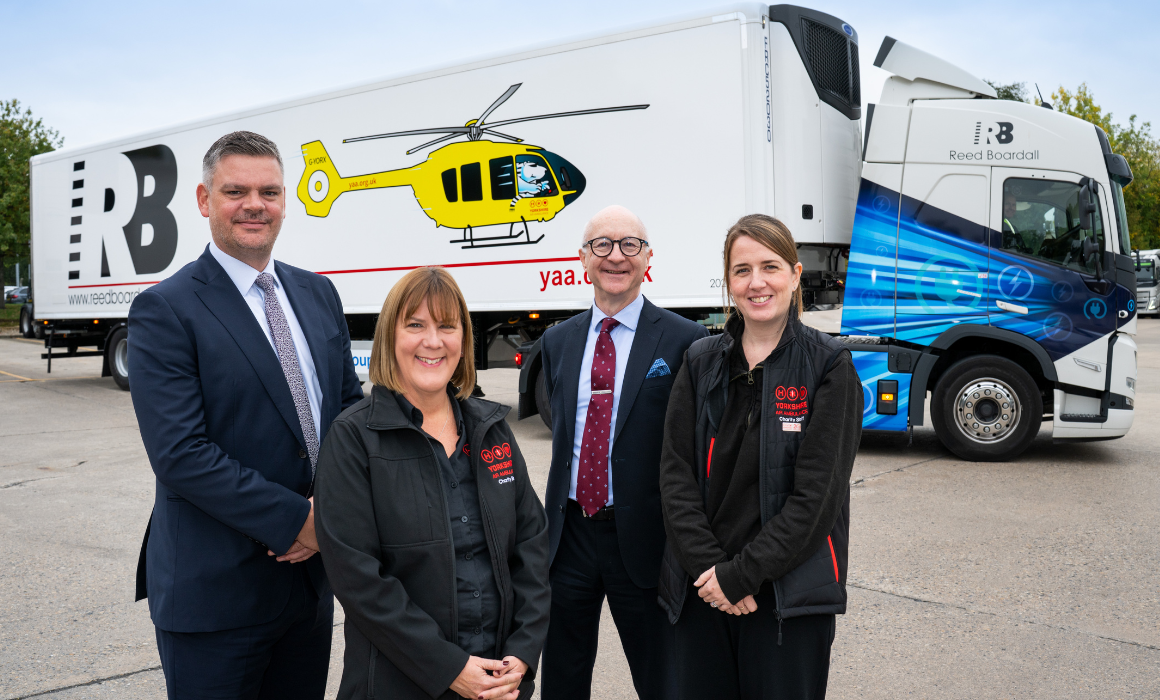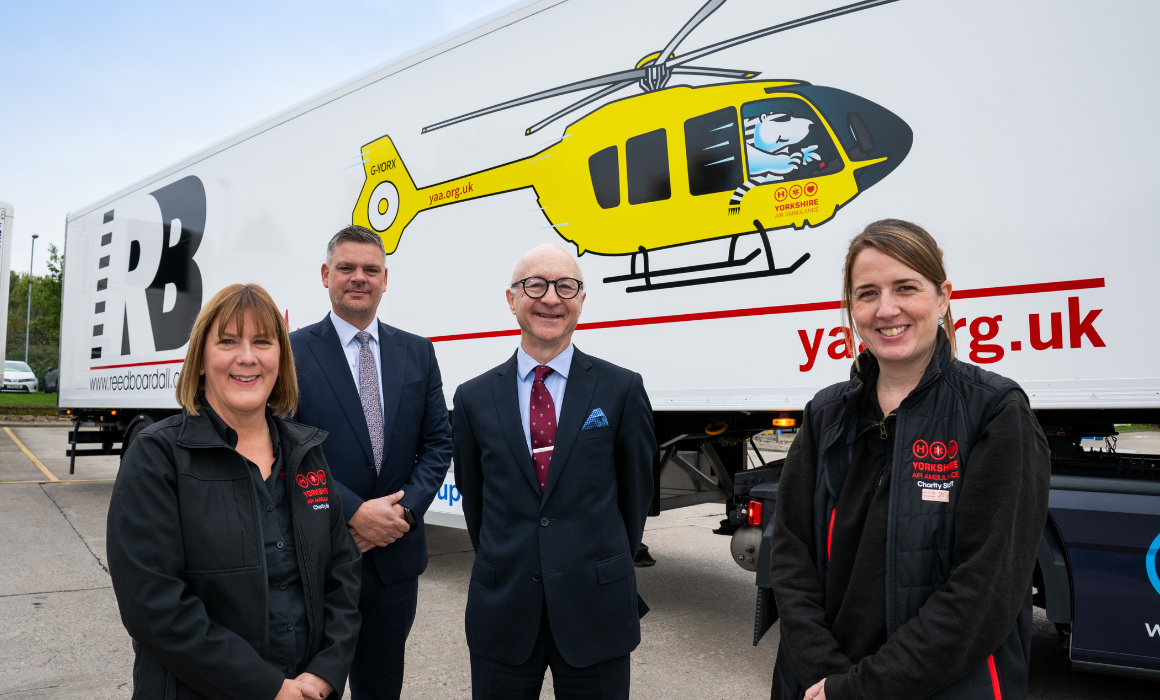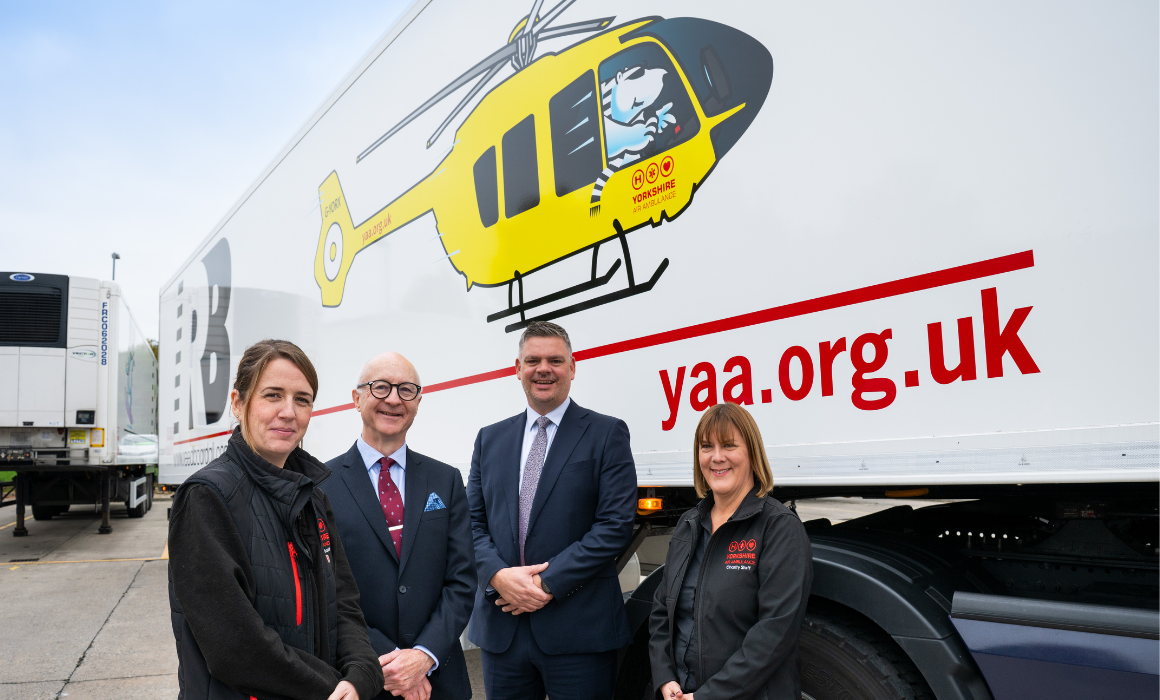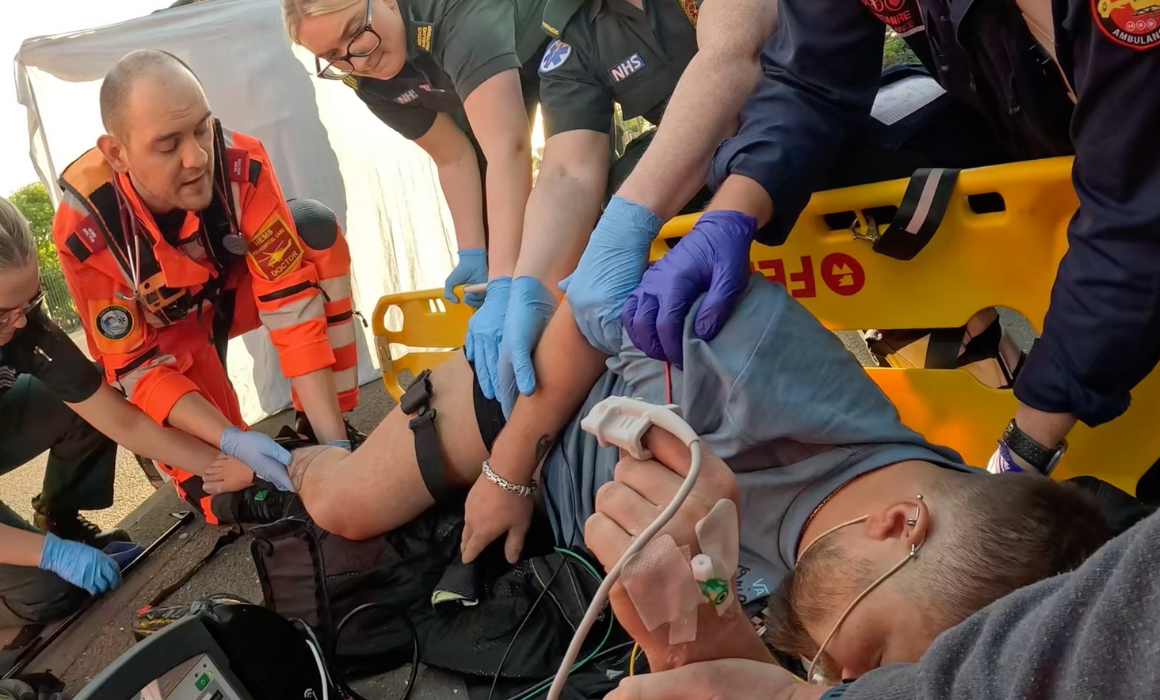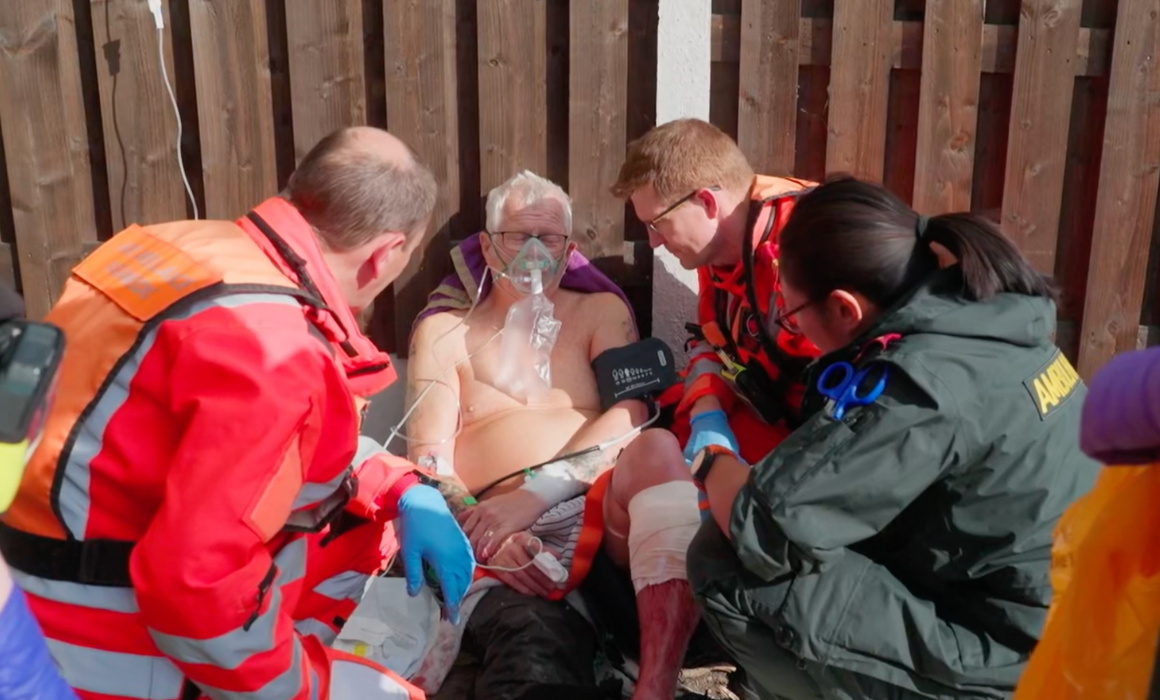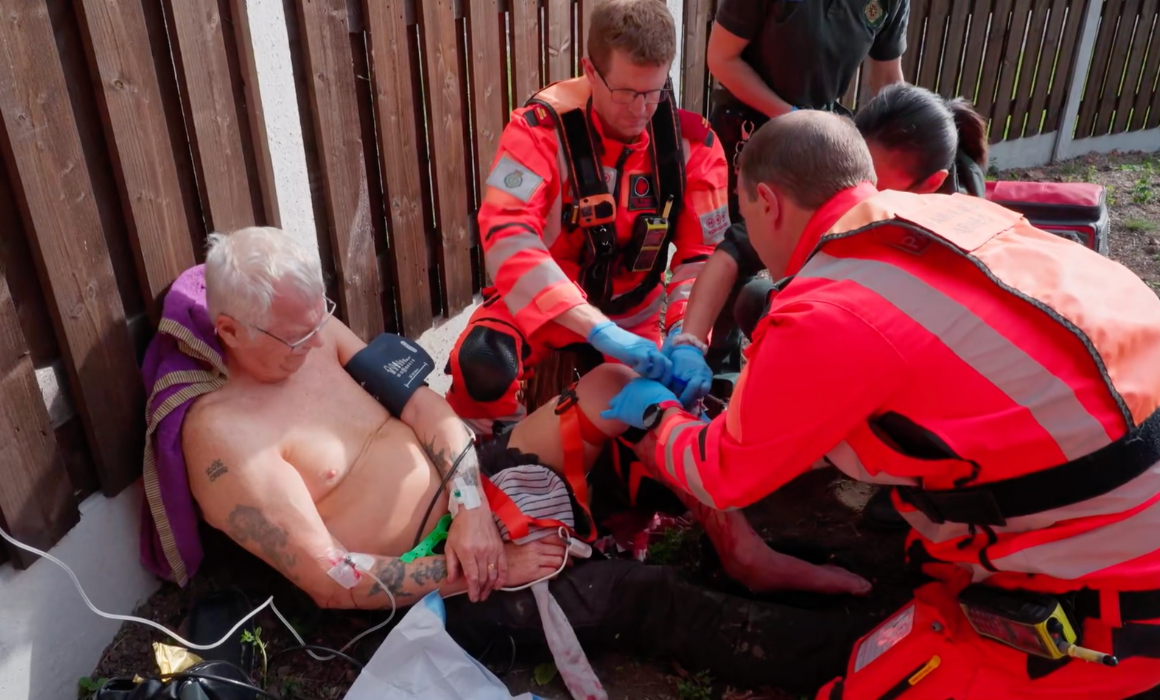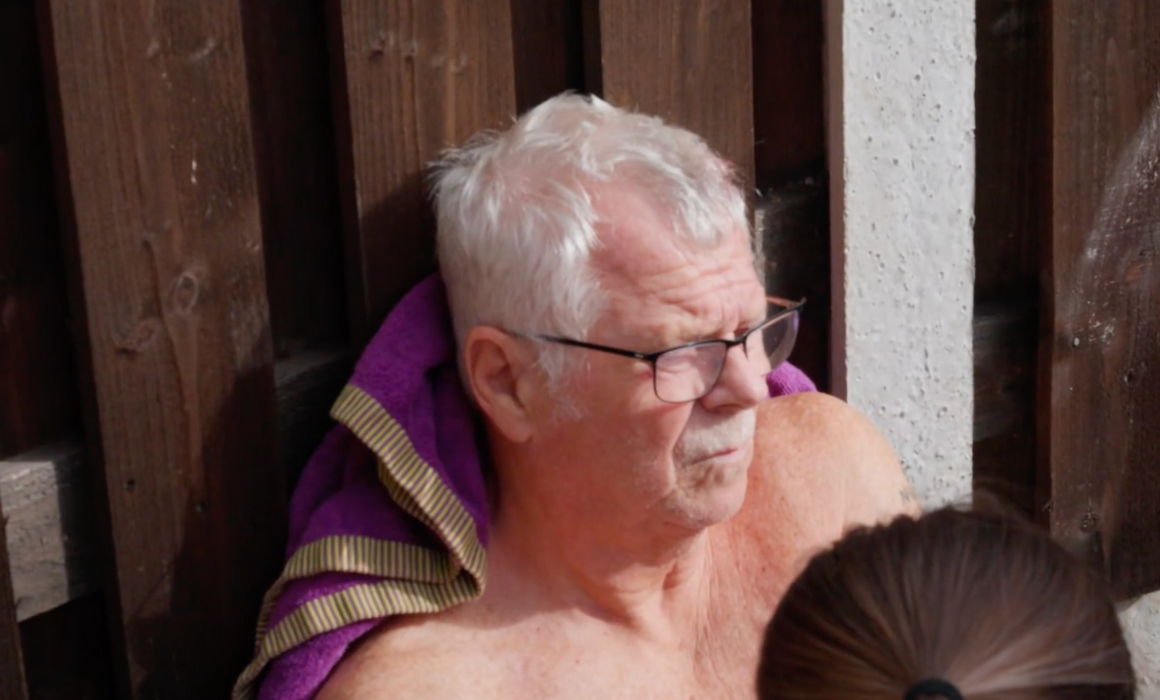Yorkshire Air Ambulance (YAA) is celebrating the success of its ‘A Reyt Good Do – Flat Cap & Feathers Ball’, held as part of the charity’s 25th anniversary year which generated an impressive £52,649 income to help keep the charity’s life-saving helicopters flying.
Held last month at Aspire in Leeds City Centre, the charity welcomed over 250 guests to its first ever fundraising ball, including Patron Sir Geoffrey Boycott, to a standout night of Yorkshire flair, fundraising and celebration. The flat cap and feathers theme brought the county’s personality to life, with guests embracing an evening of true Yorkshire spirit.
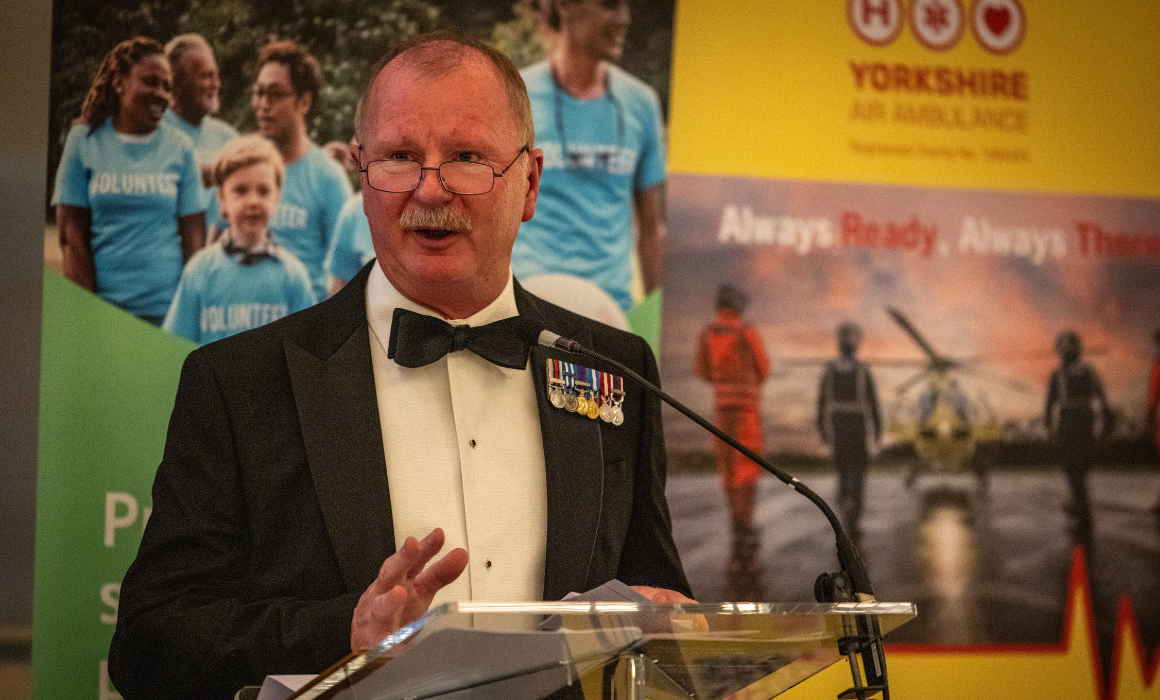
Guests were welcomed with a sparkling drinks reception before sitting down to a three-course fine dining experience, expertly prepared by Aspire’s executive chef team. From there, the celebrations continued into the early hours, with entertainment including a standout set from Yorkshire comedian Steff Todd, famed for her ‘Yorkshire Kardashians’ sketches, along with live music and the ever-popular game of Heads and Tails, which brought the room together and raised almost £2,000 on its own.
A lively auction, expertly led by Bangers & Cash’s Derek Mathewson, saw guests bid generously on a range of exclusive prizes, including a racehorse owner experience, exclusive brewery visits and the chance to go behind the scenes with Derek at one of his famous auctions, whilst filming for the next series of Bangers and Cash.The events silent auction and raffle drew even more support from the room.
The evening also included a poignant speech from the charity’s Chairman, Mike Harrop, who reflected on 25 years of saving lives across Yorkshire and highlighted the importance of continued support as YAA looks to the future. The night was expertly compered by Dan Smith who kept the energy high throughout and shared inspiring patient stories that reminded guests exactly what their generosity helps to make possible.
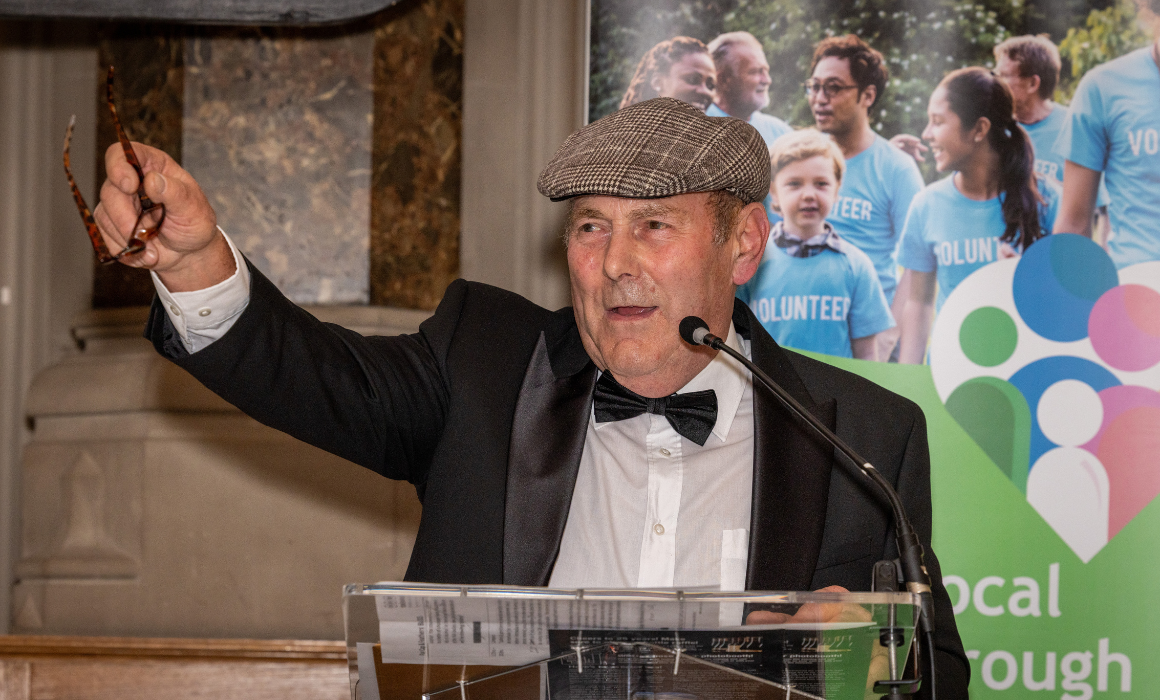
Kate James, Event Coordinator at Yorkshire Air Ambulance, who helped to organise the event, said, “Planning our first ever fundraising ball was both exciting and a real learning curve, so to see it all come together on the night was incredibly rewarding. The response from our guests was fantastic, from the way everyone embraced the theme, to the enthusiasm during the auction and games, and the atmosphere continued on the dancefloor right through to 1am! We’re thrilled that our supporters trusted us with something new, and even more delighted that it raised such a significant total for the charity.”
The event was proudly supported by main sponsors Sovereign Health Care, RBC Brewin Dolphin and Rosemont Pharmaceuticals, whose generosity helped make the night possible.
Kerry Dwyer, Director of Public Fundraising at Yorkshire Air Ambulance said, “Generating over £52,000 in just one night is an extraordinary achievement and a real reflection of the generosity and community spirit that surrounds Yorkshire Air Ambulance. Every pound will help us continue delivering urgent, life-saving care to people across the region when they need it most. In this 25th anniversary year, this event felt like the perfect way to celebrate our service and the people of Yorkshire who have supported us every step of the way.”

As Yorkshire Air Ambulance looks beyond its 25th anniversary year, the charity remains committed to working hand-in-hand with the people of Yorkshire to secure the future of its life-saving service.


